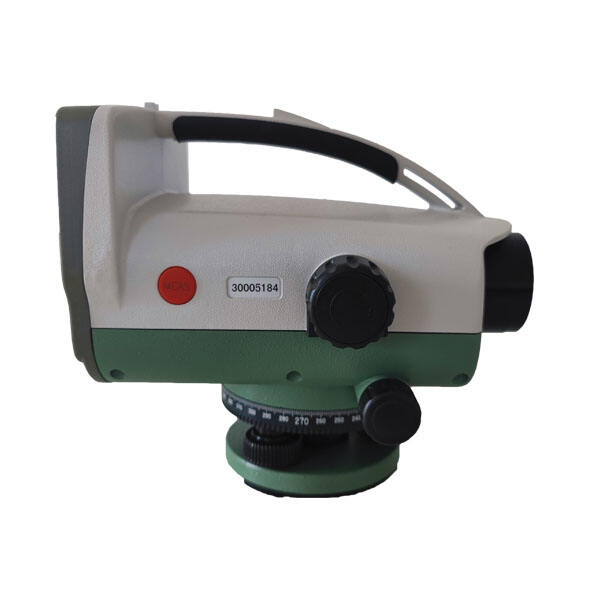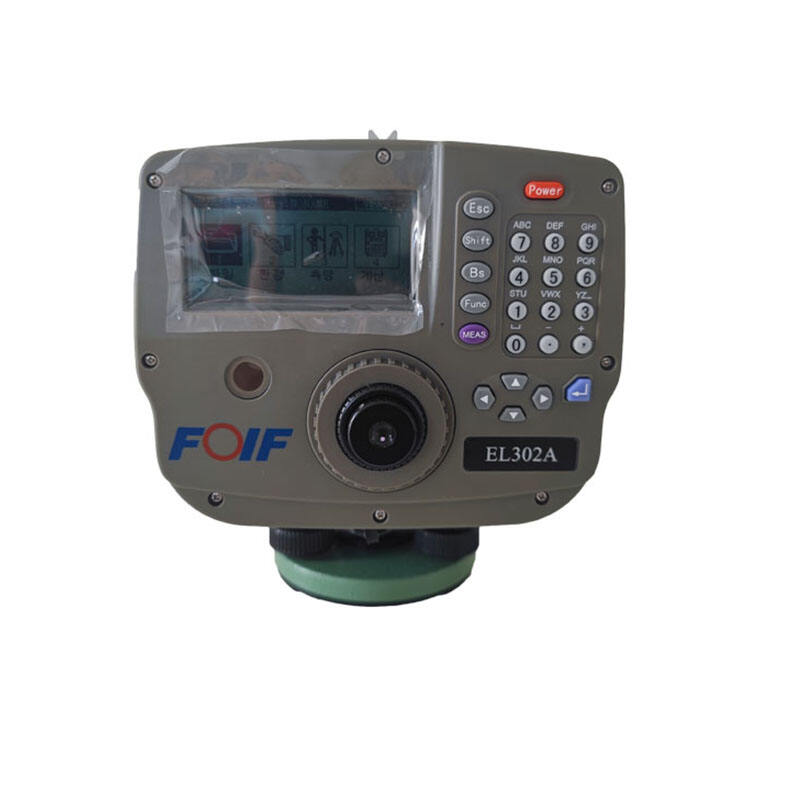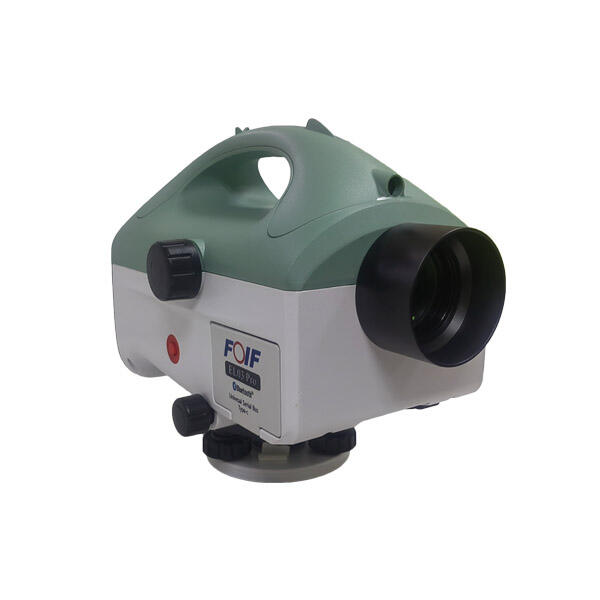digital level instrument
A digital level instrument represents a modern evolution in precision measurement technology, combining traditional leveling principles with advanced electronic capabilities. This sophisticated device utilizes electronic sensors and digital displays to provide accurate measurements of angles, slopes, and elevations with exceptional precision. The instrument incorporates high-sensitivity accelerometers and advanced microprocessors to calculate and display measurements in real-time, offering readings in various formats including degrees, percentages, and millimeters per meter. The digital level's LCD screen presents clear, easy-to-read measurements, while its internal memory can store multiple readings for later reference or data transfer. Built with durability in mind, these instruments typically feature robust construction with weather-resistant housing, making them suitable for challenging work environments. Most models include automatic calibration features, compensating for temperature variations and maintaining accuracy across different operating conditions. The device's versatility makes it invaluable across numerous applications, from construction and surveying to industrial installation and quality control processes. Modern digital levels often incorporate Bluetooth or USB connectivity, enabling seamless data transfer to computers or mobile devices for documentation and analysis.


